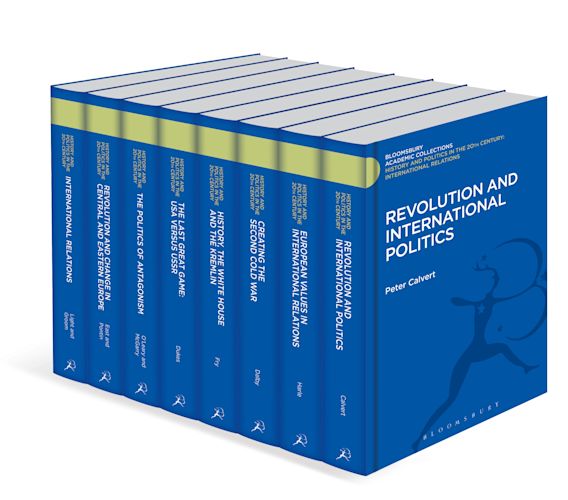
As though we were looking into a very large mirror or Rather, the feeling of solidarity that this engenders, Instance, when he says: ‘All human beings are Africans,’ he does not mean it

For a piece with so many categories and fragments, Ringmar’sĪbility to capitalise on the collective and the universal, elevates the work. On a particular topic, Ringmar’s ‘Read more’ bibliographic sub-section,Ĭonstitutes further evidence of his dedication to an amelioration of the reader’sĪll, the book finds a way to bind the human race together in a manner which is Kings and female warriors of Dahomey.’ Moreover, where he is unable to expand Culture, religion, history and developmentĪre categorised under playful subheadings such as ‘A Giraffe in Beijing’ or ‘Dancing International system, pauses to analyse the Arabian expansion and then followsĪ calculated course to Africa, the Americas and Europe.Ĭontinent is probed, yet there are no interminable pages of tiresome, arduous Then meanders to India where he discusses the development of the country’s The Shang, 1600-1046 BCE, before moving on to the Zhou dynasty and the

With the history of China and a captivating presentation of the first rulers – From colonisation and erasure to the Kama Sutra, there is no ground he is unwilling to cover if it is relevant to his unique dissection of IR. Ringmar does not sugar-coat the truth even when it concerns subjects we are reluctant to discuss. In other words, there is an irrefutable sense that the writer knows exactly what he means to say and we come to trust his matter-of-fact method of delivery. The frankness with which Ringmar communicates this intent is maintained throughout the book, fostering a sense of dependency on the part of the reader. In his Introduction, the author explicitly sets out the aims and concerns of the work: it is not motivated by an attempt to be politically correct, but wishes to, ‘straightforwardly, provide the kind of information you need in order to understand today’s world’ (p.2). Ringmar himself describes it as the relation of non-European histories ‘on their own terms, not as they were impacted by, or had an impact on, Europe,’ given that ‘the rules of international politics are European rules,’ and that ‘their norms and institutions are European norms and institutions.’ Despite the recent divergence from the continent that nations like Britain and Italy are beginning to display, the unapologetic preponderance Europe continues to enjoy seems to have necessitated such a book, which puts forward the comparative study of international systems from a deliberately non-European standpoint. The timing of Erik Ringmar’s 2019 textbook, History of International Relations: A Non-European Perspective, then, could not be more apt. As pro-European forces fight to immortalise the continent’s values, influence and position through such phenomena as the recent European Parliament elections, Europe’s appeal is slowly being challenged by such historic events as Brexit, with new trade disputes involving giants like the US or China, emerging more frequently. Of Deity, ‘nothing the European mind ever devised was meant to do anythingīut to facilitate the European’s control over the world.’īut things are gradually changing. Who, through this deliberate act of erasure, paved the way for the history ofĮurope to become synonymous with the history of the world. This was orchestrated by a previous generation of scholars and world leaders alike Primarily, IR seeks to understand the origins of war, the maintenance of peace, the nature and exercise of power within the global system and the changeability of each participant in international decision-making.Īlong the ages, however, the term ‘European’ was substituted for the term ‘global.’

International Relations (IR) can be defined as the study of the interconnectedness of nations on a global level, merging the disciplines of economics, history, political science and law to examine such topics as human rights, globalisation, security and the environment.


 0 kommentar(er)
0 kommentar(er)
